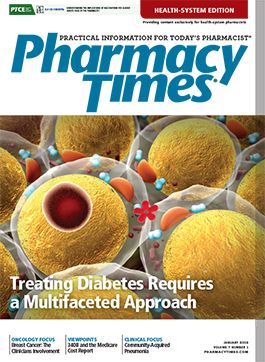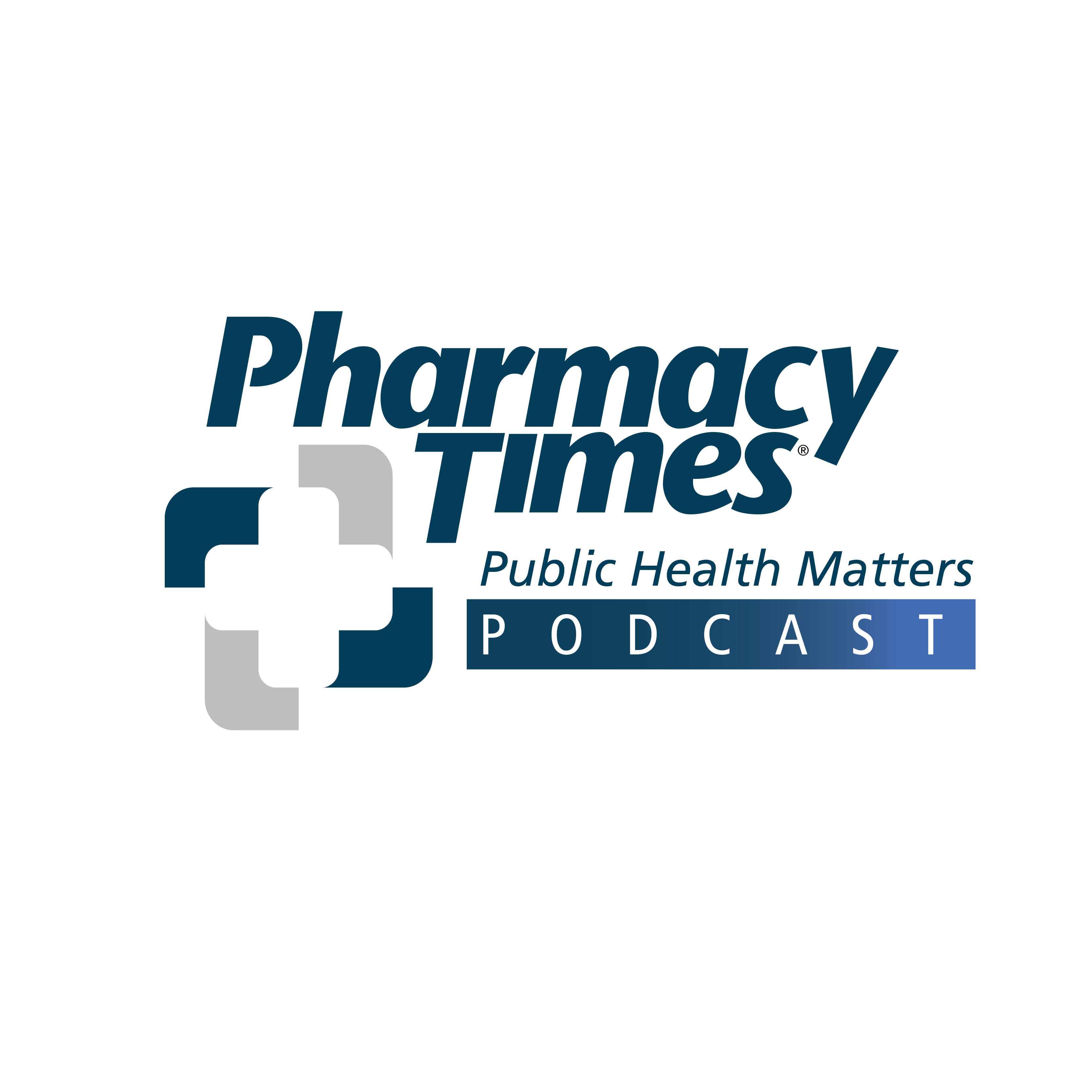Publication
Article
Pharmacy Practice in Focus: Health Systems
Community-Acquired Pneumonia
Author(s):
Community-acquired pneumonia (CAP) is defined as pneumonia acquired outside hospital or health care facilities.
Community-acquired pneumonia (CAP) is defined as pneumonia acquired outside hospital or health care facilities. Despite advances in antimicrobial therapy, CAP continues to be a significant cause of morbidity and mortality in adults.1 Influenza and pneumonia are the eighth-leading cause of mortality among adults in the United States and result in more than 60,000 deaths annually.2
Epidemiology
CAP is one of the most common causes of severe sepsis and infectious causes of death in adults in the United States, with a mortality rate of 30% to 40%.3 Annual health costs associated with CAP in the United States range from $10.6 billion to $17 billion and are expected to grow as the number of elderly people increases. Inpatient care accounts for more than 90% of pneumonia-related health expenditures.4
Common Signs and Symptoms
Even though a wide array of gram-positive and gram-negative organisms can cause pneumonia, the clinical presentation is similar. Most patients with CAP present with a combination of cough, dyspnea, fever or chills, malaise, or pleuritic pain.5 Older patients and those who are immunocompromised may not exhibit typical symptoms, such as fever. However, most patients present with at least 1 respiratory symptom, such as acute functional or cognitive decline.6
Diagnostic Testing
The diagnosis of CAP is based on the presence of clinical features and is supported by imaging of the lungs, usually by chest radiography.7 A chest radiograph is required for routine evaluation and is sometimes useful for suggesting the etiologic agent, the prognosis, and alternative diagnoses. Microbiological studies may support the diagnosis of pneumonia, but routine tests are often nonspecific.
Site of Care
The American Thoracic Society and the Infectious Diseases Society of America recommend the use of a validated clinical prediction tool, such as scoring based on confusion, urea, respiratory rate, blood pressure, and age (65 years and older) (CURB65) (Table 1), to help guide whether a patient with CAP should be managed as an outpatient or an inpatient.7 Patients who score between 0 and 1 have the lowest mortality and can be treated on an outpatient basis. A CURB-65 score of 3 or more predicts higher mortality, and these patients should be hospitalized for treatment.
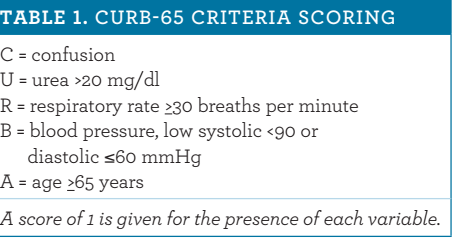
Common Organisms of CAP
Acute pneumonia may be caused by a wide variety of pathogens. However, Streptococcus pneumoniae remains the most commonly identified pathogen in CAP. Other bacterial causes include Haemophilus influenzae and Moraxella catarrhalis in patients with underlying bronchopulmonary disease and Staphylococcus aureus, especially during influenza outbreaks. Mycoplasma pneumoniae, which is an atypical organism, is also a common cause of pneumonia.7
Goal of Treatment
The main goals of treatment for patients with CAP are to eliminate the causative organisms, resolve clinical signs and symptoms, minimize hospitalization, and prevent reinfection.
Management of CAP
Nonpharmacologic Treatment
Smoking cessation should be a goal for patients hospitalized with CAP who smoke.7 Smoking is associated with a substantial risk of pneumococcal bacteremia. Smoking has also been identified as a risk of Legionella infection.8 Vaccination status should be assessed, as patients with CAP should be appropriately vaccinated for influenza and pneumococcal infection. Screening for pneumococcal vaccine depends on the patient. Those 65 years and older should be screened, whereas only high-risk patients aged 19 to 64 years are screened.9
Pharmacologic Treatment
Outpatient Settings As discussed above, patients with CAP are treated in different clinical settings. In outpatient settings, macrolides should be used in patients with no risk factors for drug-resistant S pneumoniae (DRSP) with doxycycline as an alternative. DRSP risk factors include age 65 years, beta-lactam therapy within the previous 3 months, alcoholism, medical comorbidities, immunosuppressive illness or therapy, and exposure to a child in a day care center.7 If the patient has DRSP or comorbidities, such as alcoholism; asplenia; chronic heart, liver, lung, or renal disease; diabetes; immunosuppressing conditions or use of immunosuppressing drugs; malignancies; or use of antimicrobials within the previous 3 months, a combination of beta-lactams and macrolides or a combination of beta-lactams and doxycycline and fluoroquinolones can be used. Table 2 provides details on available treatment options.
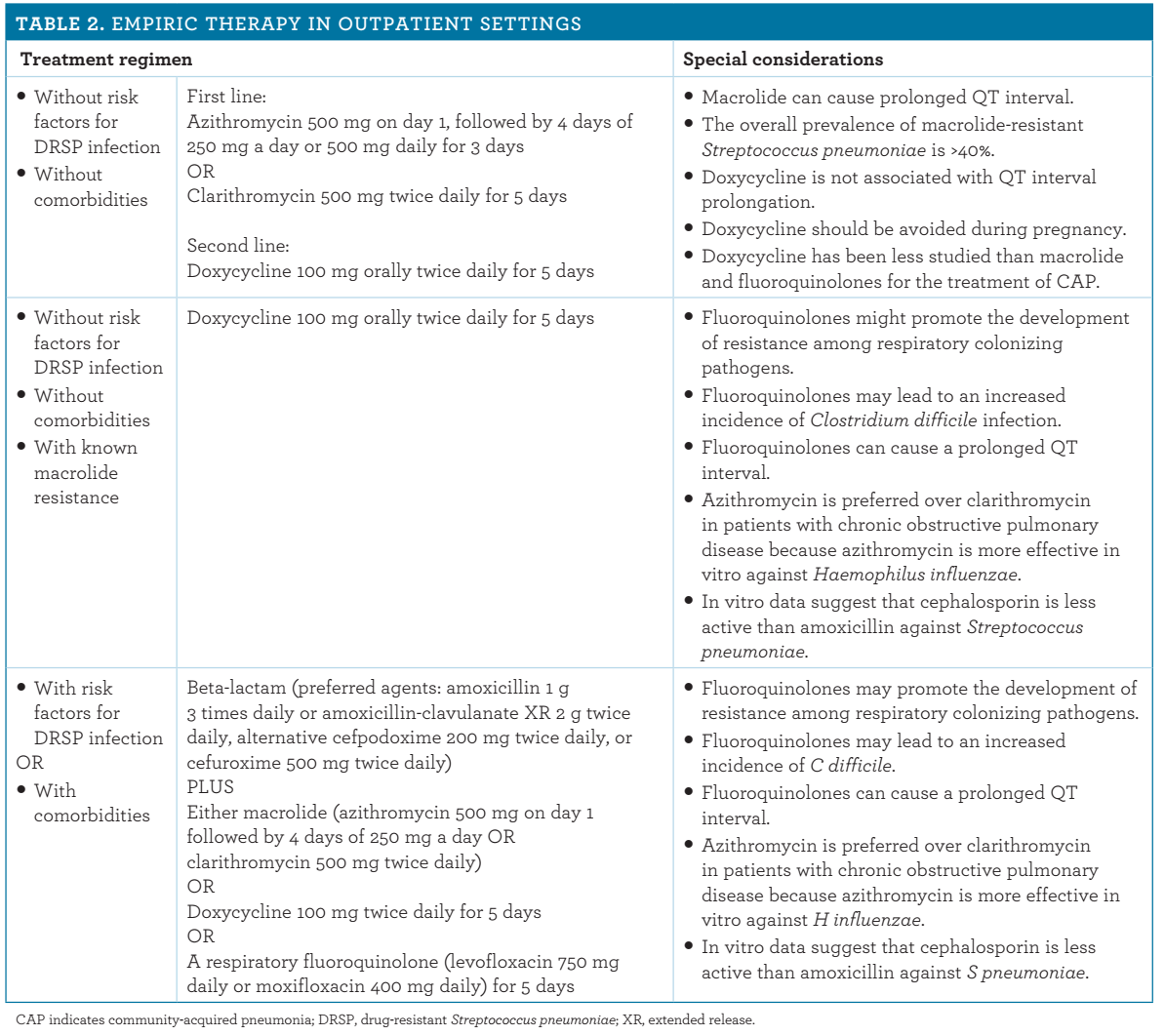
Inpatient Non—Intensive Care Unit (ICU) Settings
Respiratory fluoroquinolone alone or a combination of beta-lactam plus macrolide is generally used to treat the patient in the inpatient non-ICU setting. Table 3 provides details about the available treatment options.
Inpatient ICU Settings
Patients with severe CAP who are admitted to the ICU (about 10% of hospitalized patients with CAP) should receive dual antibiotic therapy, which has been shown to improve survival.7 The treatment regimen in the ICU setting depends on whether there is a risk factor for resistance and the presence of Pseudomonas or methicillin-resistant S aureus. Intravenous beta-lactam plus macrolide and intravenous beta-lactam plus fluoroquinolones with vancomycin or linezolid are the antibiotics used in ICU settings to treat patients with CAP. Table 4 provides the details of available treatment options.
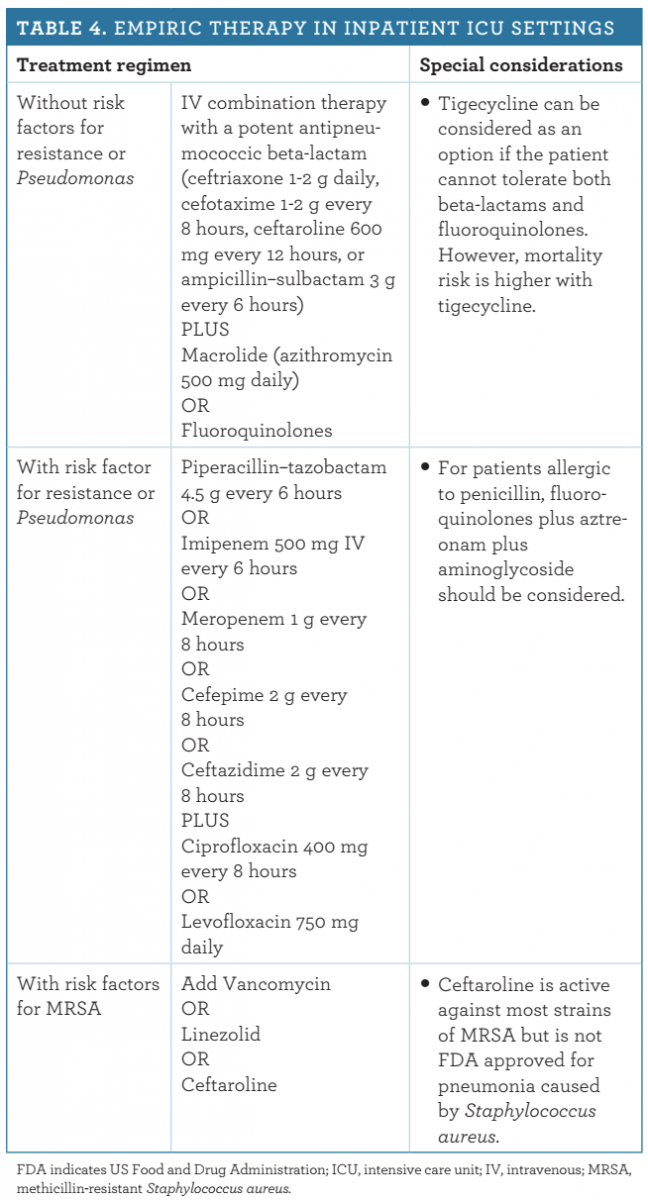
Duration of Treatment
Patients with CAP should be treated for at least 5 days and should be afebrile for 48 to 72 hours before discontinuation of therapy. Most patients become clinically stable within 3 to 7 days. A longer duration of therapy may be needed if the initial therapy was not active against the identified pathogen or was complicated by extrapulmonary infection or for patients with persistent clinical instability.7
Evaluation of Therapeutic Outcome
After therapy has been initiated, appropriate clinical parameters should be monitored to ensure the efficacy and safety of the therapeutic regimen. For patients with CAP, the time to resolution of cough, sputum production, and fever, as well as other constitutional symptoms of lethargy, malaise, nausea, and vomiting, should be noted. The initial resolution of infection should be observed within the first 2 days of therapy; and the progression to complete resolution, within 5 to 7 days. A cough might be present in patients for a longer period, but that is not an indication to extend the course of antibiotic therapy. Patients who have not responded to therapy after 48 to 72 hours should be reevaluated.10
Conclusion
CAP is the leading infectious disease cause of death. Patients with CAP are treated in different clinical settings. Depending on the risk factors or commodities, different treatment options are available. Pharmacists should ensure that patients are getting the right treatment with no adverse effects. Prevention of CAP is also a key component of management, and patients should also be counseled on how to prevent pneumonia.
Yae-Ji Kim, PharmD, is an academic fellow at Touro College of Pharmacy in New York, New York. Sanjay KC is a PharmD candidate at Touro College of Pharmacy in New York, New York. Roopali Sharma, PharmD, AAHIVP, BCPS (AQ-ID), is an associate professor of pharmacy practice at Touro College of Pharmacy in New York, New York, and a clinical pharmacist at SUNY Downstate Medical Center in Brooklyn, New York.
References
- Watkins, RR, Lemonovich TL. Diagnosis and management of community-acquired pneumonia in adults. Am Fam Physician. 2011;83(11):1299-1306.
- National Center for Health Statistics. Pneumonia. Centers for Disease Control and Prevention website. cdc.gov/nchs/fastats/pneumonia.htm. Updated January 20, 2017. Accessed November 27, 2017.
- Nseir S, Mathieu D. Antibiotic treatment for severe community-acquired pneumonia: beyond antimicrobial susceptibility. Crit Care Med. 2012;40(8):2500-2002. doi: 10.1097/CCM.0b013e318256b9c7.
- Park H, Adeyemi AO, Rascati KL. Direct medical costs and utilization of health care services to treat pneumonia in the United States: an analysis of the 2007-2011 Medical Expenditure Panel Survey. Clin Ther. 2015;37(7):1466-1476.e1. doi: 10.1016/j.clinthera.2015.04.013.
- Kaysin A, Viera A. Community-acquired pneumonia in adults: diagnosis and management. Am Fam Physician. 2016;94(9):698-706.
- Casey C, Fullerton MJ, Somerville N. Common questions about pneumonia in nursing home residents. Am Fam Physician. 2015;92(7):612-620.
- Mandell LA, Wunderink RG, Anzueto A, et al. Infectious Diseases Society of America/American Thoracic Society consensus guidelines on the management of community-acquired pneumonia in adults. Clin Infect Dis. 2007;44(suppl 2):S27-72. doi: 10.1086/511159.
- Nuorti JP, Butler JC, Farley MM, et al. Cigarette smoking and invasive pneumococcal disease. Active Bacterial Core Surveillance Team. N Engl J Med. 2000;342(10):681-689. doi: 10.1056/NEJM200003093421002.
- Pneumococcal disease: pneumococcal vaccination. Centers for Disease Control and Prevention website. cdc.gov/pneumococcal/vaccination.html. Updated September 6, 2017. Accessed November 27, 2017.
- Dipiro JT, Talbert RL, Yee GC, Matzke GR, Wells BG, Posey LM. Pharmacotherapy: A Pathophysiologic Approach. 10th ed. New York, NY: McGraw-Hill Education; 2017.
